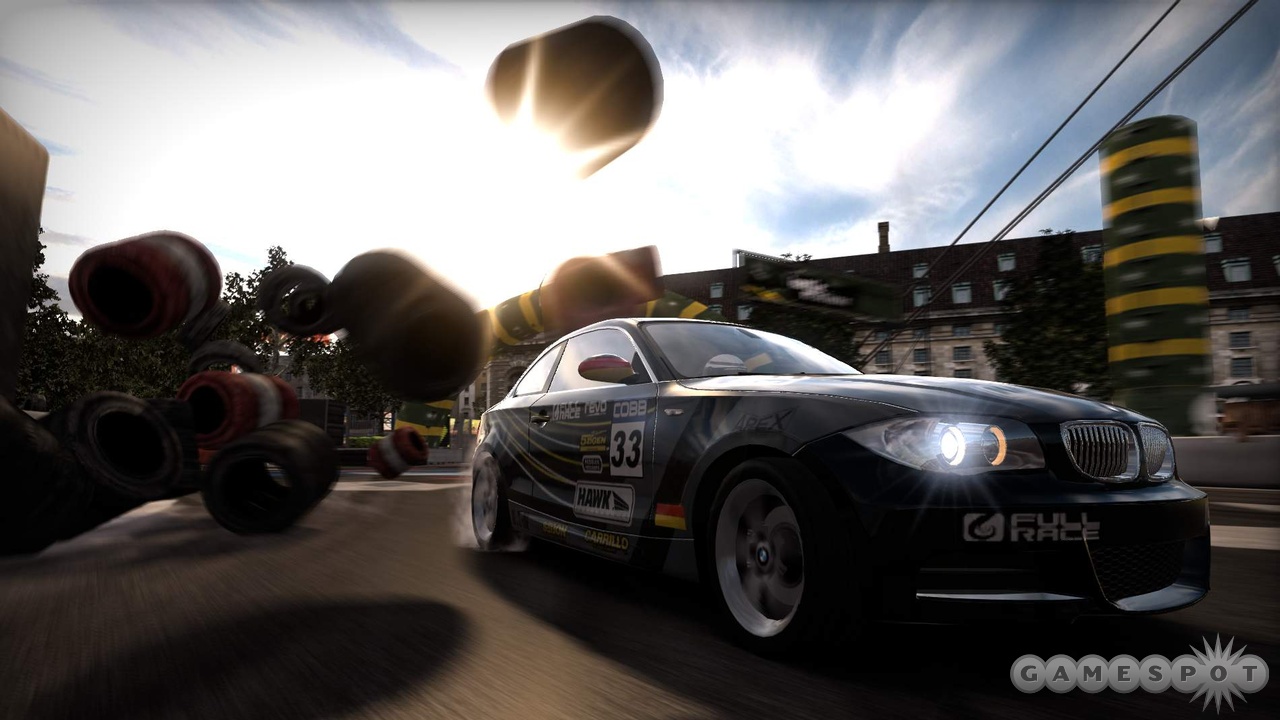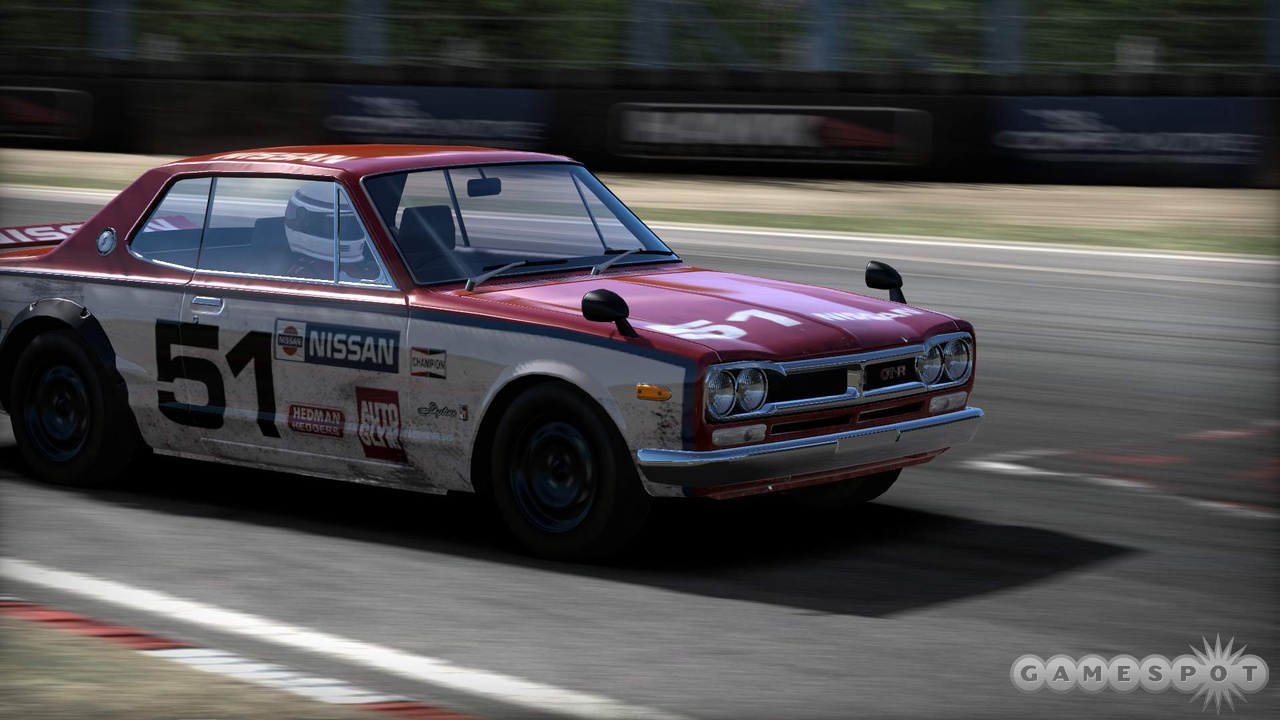Need for Speed: Shift Hands-On
We check out the two extremes of EA's upcoming change in direction for the Need for Speed series.
At EA's recent spring press event in San Francisco, the company had two stations running builds of its upcoming Need for Speed: Shift, the latest in the long-running racing series. Depending on which version you sat down to play, you got a very different picture of what the upcoming game is all about. The developers at Slightly Mad Studios are focused on making this perhaps the most realistic and true-to-life driving experience ever seen in a Need for Speed game, while still maintaining the approachable learning curve that has always been a part of the series. Both aspects of this intriguing racing game were on display at the press event and, in certain ways, the differences between the two couldn't have been starker.

First, the similarities. Although both stations on hand featured different cars and different tracks to drive on, the focus on enhancing the driver experience was in full effect in both. The game was running at a mostly rock-solid 30 frames per second, but the pace of the cars on display didn't feel sluggish in the least. This is partially due to the steady frame rate but also due to some clever visual tricks--most noticeable in the cockpit view--that really help you sink in behind the virtual wheel. First there are the small camera movements when you brake or accelerate--subtle shifts to emulate your head being jerked back and forth. This hyperactive camera also spells out the bumps and hills of the various tracks, as well as any damage you take when running into other cars (or stationary objects).
Though that dynamic cockpit camera isn't exactly new for racing games, the game also makes use of some blurring effects in ways that we haven't seen before in the genre. When you're driving at high speeds while in cockpit view, your view will automatically begin to blur out the interior of the car, while the road and your competitors ahead of you will stay in focus. The effect looks to emulate the focus of real drivers as they concentrate on the road ahead of them, blocking out the rest of their peripheral vision. It's a novel visual technique, though we found it a bit unnecessary. After all, when playing a racing game, your eyes will naturally focus on the things that matters on the track, blocking out the things on which you don't really need to concentrate. In addition, given that the rear-view mirror is blurred too, cars behind you are blurry and unfocused, which we found extremely annoying, especially in tight races. Here's hoping that the developers include the option to toggle this blurring effect on or off, depending on individual player preference.
So, though slick graphics were on display in both version of Need for Speed: Shift, the contrast between the two games was felt in the cars and on the road. One version of the game featured a three-lap race at Willow Springs raceway in the central California desert. Unlike such tracks as Laguna Seca and Road America, Willow Springs is a lesser-known American racing gem full of twisting turns, some high-speed corners, and fun elevation changes. The car on-hand was a race-trim McLaren F1, one of the more powerful cars in Shift, with a beastly amount of power and tight, responsive steering. Despite its power, the car wasn't a complete nightmare to handle thanks to a ton of driving assists toggled on to help contain the mighty McLaren. Traction control, braking assist, and the now-standard color-coded dynamic driving line made completing the three-lap race fairly easy, and some low-end AI racers were of very little challenge.
Compare that to the other station running the game, which featured a race full of 1970s-model Nissan Skylines running a street race in Tokyo. In contrast to the McLaren race at Willow Springs, nearly every assist seemed to be toggled off in this version of the game, resulting in a Need for Speed game that felt completely unlike any other, save maybe for the classic Porsche Unleashed. Here was a car that was slow off the line, loose in the corners, prone to drift at the drop of a hat, and completely uninterested in making up for your driving mistakes should you lose momentum through a turn. Here, too, were unforgiving and demanding race opponents, not at all afraid of bullying you in corners or ashamed of leaving you in the dust if you couldn't keep up. This was about as far from traditional rubber-band Need for Speed-style racing as can be imagined, and it felt very good, even if we did get our proverbial butts handed to us.

It's between these two extremes that Need for Speed: Shift finds itself: a console racing sim looking to go after the Forza and Gran Turismo fan base, and a Need for Speed game that needs to be friendly enough to more-casual racing fans to keep the dollars rolling in. It's a somewhat risky gamble, it seems, considering that there's a portion of the NFS crowd that will surely expect yet another series of uninspiring races cast between cheesy cutscenes. Nevertheless, if Shift opens up to a new crowd and (vocal) fan base by establishing itself as a credible racing sim, it just might be a gamble worth taking. Look for more on the game in the months leading up to its fall 2009 release.
Got a news tip or want to contact us directly? Email news@gamespot.com
Join the conversation